The topic of Genghis Khan and the mystery surrounding. His burial has been a topic of interest for many historians and researchers. The purpose of this article is to explore the various theories and explanations as to why the body of Genghis Khan has never been found.
Genghis Khan, also known as Temujin, was the founder and first Great Khan of the Mongol Empire. He lived from 1162 to 1227 and his empire eventually covered a vast territory. From Eastern Europe to Asia. He is considered one of the most successful military leaders in history. And his empire had a significant impact on the world. The Mongol Empire was the largest contiguous empire in history. Genghis Khan is credited with helping to bring about the Pax Mongolica. A period of relative peace and stability in Asia. He is also known for his military tactics and strategies. As well as his political and administrative innovations. Despite his death in 1227. The legacy of Genghis Khan continues to be studied and debated by scholars and researchers today.
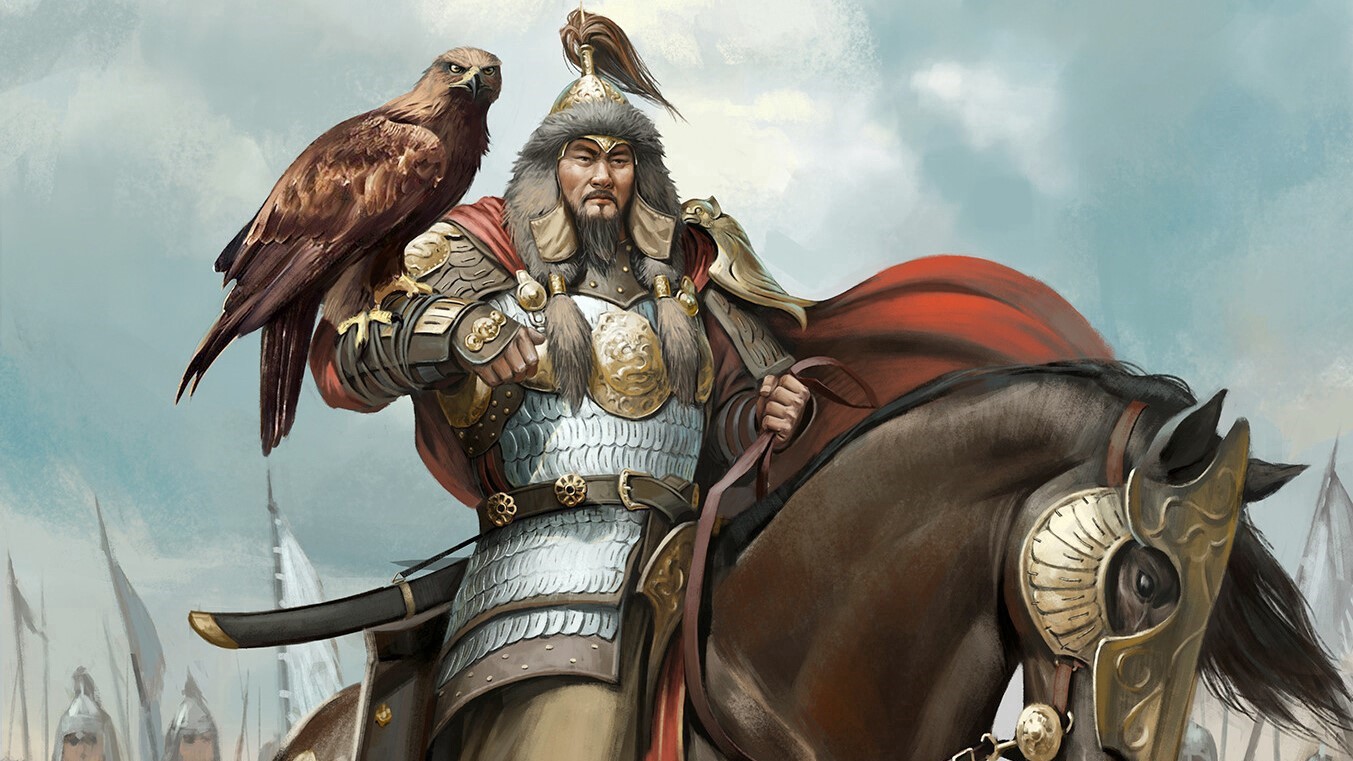
The Mystery of Genghis Khan’s Tomb
The search for Genghis Khan’s tomb has been ongoing for centuries. Many explorers, archaeologists, and researchers have attempted to uncover the location of his burial site, but to no avail. The lack of concrete evidence and the secretive nature of the Mongol culture have made the search for his tomb a difficult and elusive task.
- Advertisement -
There are many theories about where Genghis Khan may be buried. Some believe he is buried in the Khentii mountains in his homeland of Mongolia, while others believe he may be buried in the vicinity of his capital city of Karakorum. Some theories even suggest that his tomb may be located in China or Central Asia. However, the lack of concrete evidence means that the location of his burial site remains a mystery.
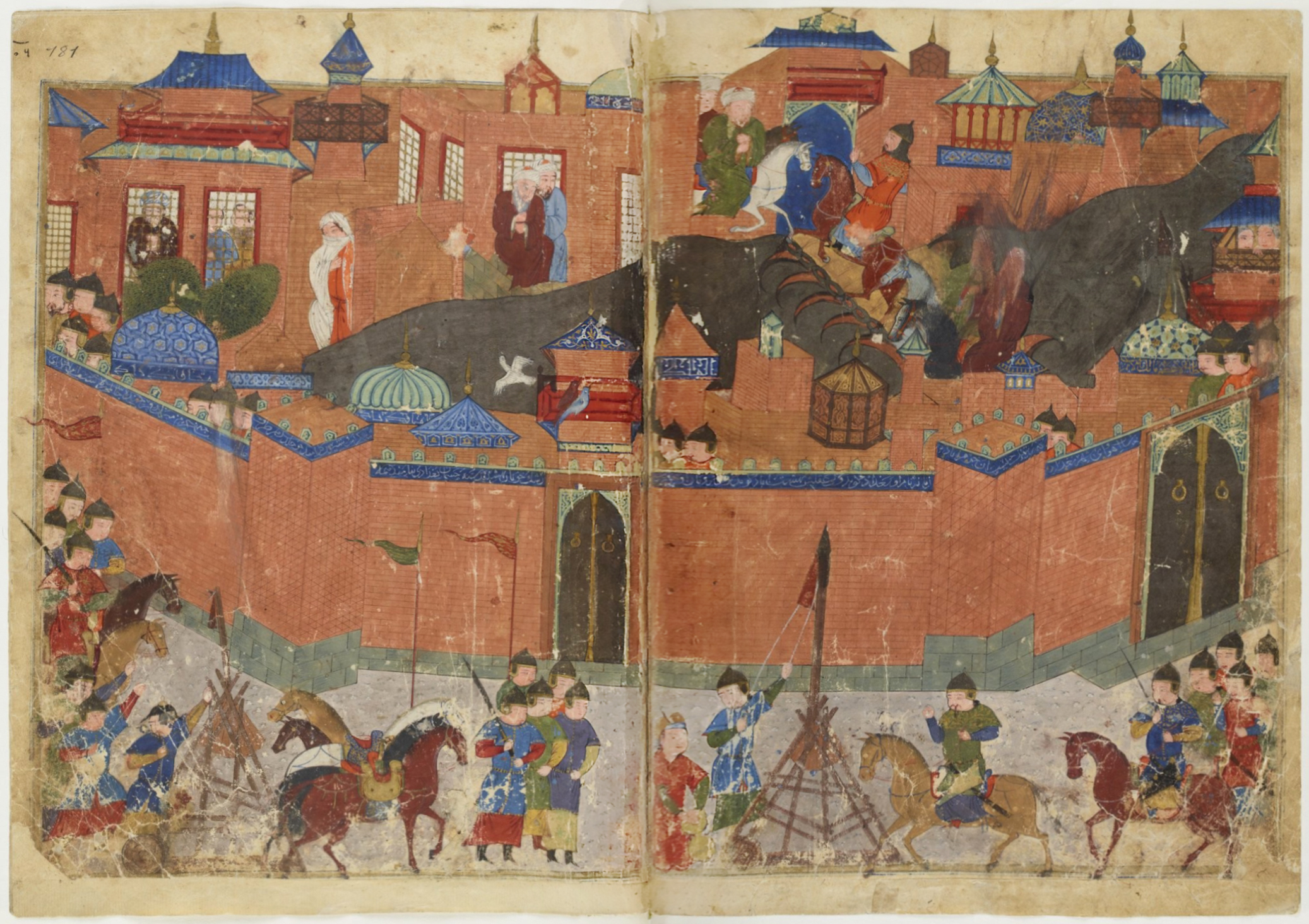
The Reasons for an Unmarked Grave
There are several reasons why Genghis Khan may have been buried in an unmarked grave. One theory is that he wanted to prevent looting and desecration of his remains, as was common during that time. Another theory is that he wanted to protect his tomb from enemies and would-be conquerors, who may have sought to desecrate his remains as a means of undermining his legacy.
Secrecy played a significant role in Mongol culture and tradition. The nomadic nature of the empire meant that the Mongol people were always on the move, and secrecy was necessary for survival. Keeping the location of Genghis Khan’s tomb a secret would have been in line with this cultural tradition of secrecy.
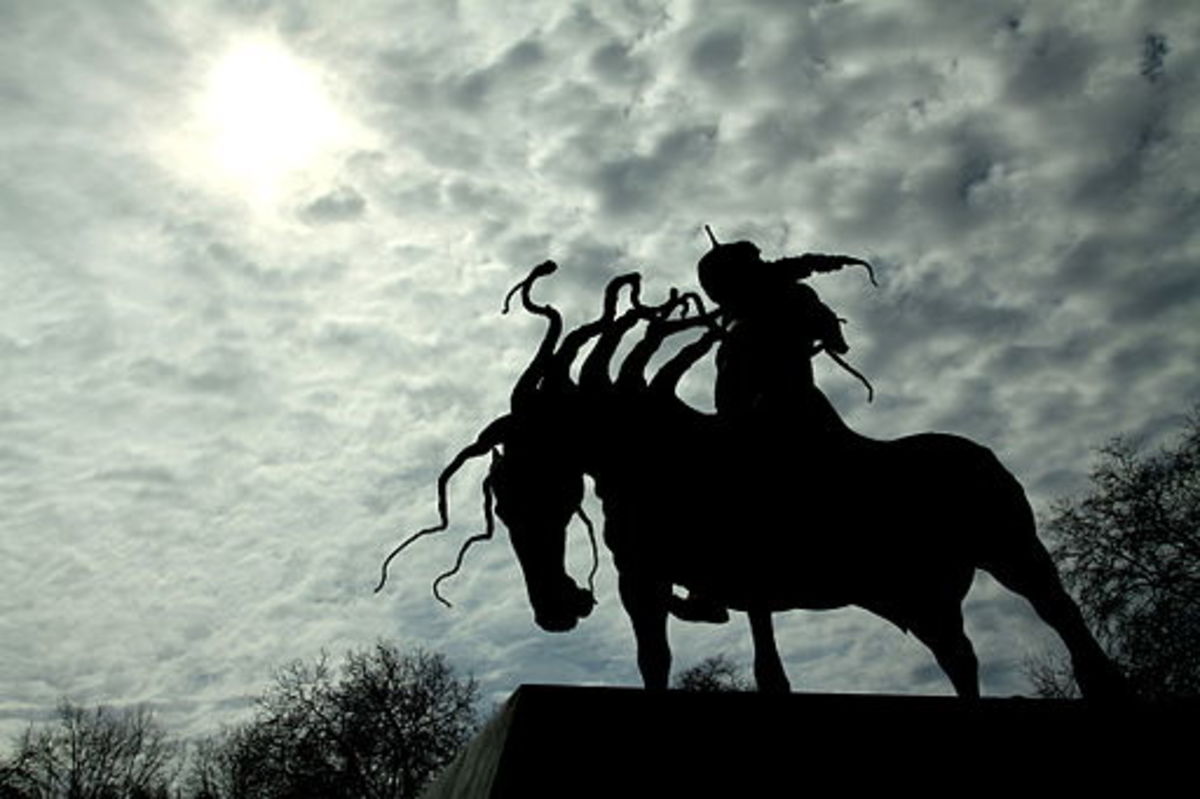
The strategic importance of keeping Genghis Khan’s burial site a secret cannot be overstated. The Mongol Empire was vast, and control of the empire was passed down through Genghis Khan’s descendants. If the location of his tomb were known, it could have been used as a rallying point for rebellion against the ruling dynasty. Additionally, the desecration of Genghis Khan’s remains would have been a powerful symbol for any enemy seeking to undermine the Mongol Empire. By keeping the location of his tomb a secret, Genghis Khan’s descendants were able to maintain control of the empire and preserve his legacy.
Why no one knows the location of the grave
The location of Genghis Khan’s grave is not certain. But according to legend, his burial site was kept a secret to protect it from potential looters. According to the legend, the soldiers who escorted the funeral procession. The craftsmen who constructed the tomb were killed to keep the location a secret. Additionally, it is said that the soldiers who dug the grave and the slaves who built the tomb were also killed. And that the slaves were then buried alive alongside the Khan. It is also said that the horses that were used to transport the Khan’s body were killed. Their riders were blinded so that they could not reveal the location. These stories suggest that the people who knew the location of Genghis Khan’s grave were killed to ensure that the location would remain a secret forever.
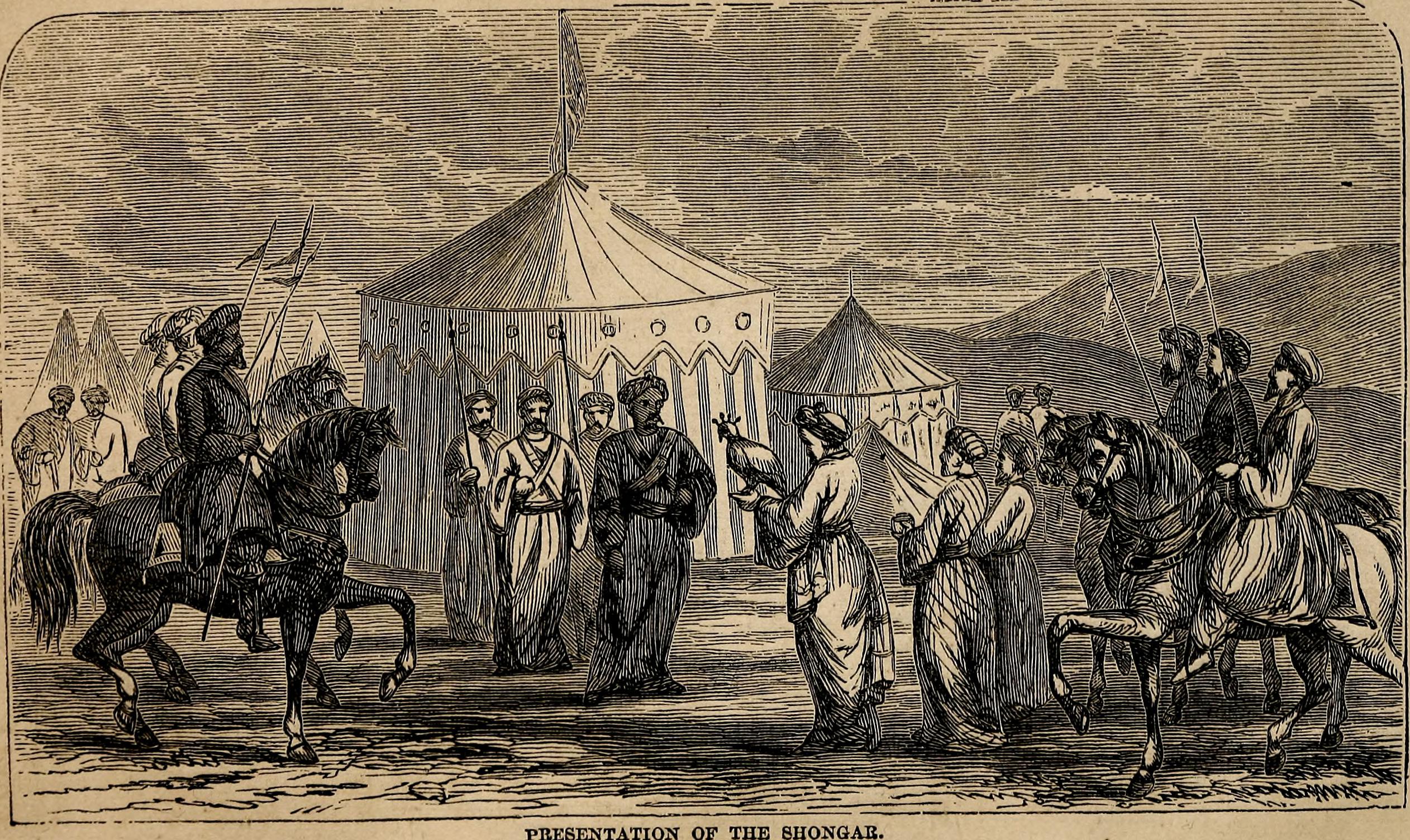
In recent history, many expeditions have been launched to find the tomb of Genghis Khan but none of them have been successful yet. The secrecy surrounding the location of his grave is one of the reasons why it has never been found. Moreover, the Mongolian government has declared that the location of Genghis Khan’s tomb is a state secret and has not allowed any excavation without permission.
It is important to note that the information about Genghis Khan’s death and burial are mainly passed down through legend and oral history, and it is difficult to verify the accuracy of these stories. While the specific details of his burial may never be known, it’s clear that great effort was made to ensure that the location of his tomb would remain a secret.
Genghis Khan and India
One of the most significant questions surrounding Genghis Khan’s legacy is why he did not invade India. Many historians believe that the vastness of the Indian subcontinent and the logistical challenges it presented would have made an invasion extremely difficult. Additionally, the political and historical context of the time may have played a role.
During the time of Genghis Khan, India was ruled by the Khwarezmian Empire, which was in a state of decline. The Khwarezmian Empire was also embroiled in conflicts with the Western Xia and the Qara Khitai, which would have made an invasion of India logistically challenging. Furthermore, the Mongol Empire had already conquered much of Central Asia and the Middle East, and Genghis Khan may have decided to focus on consolidating those territories rather than attempting a new invasion.
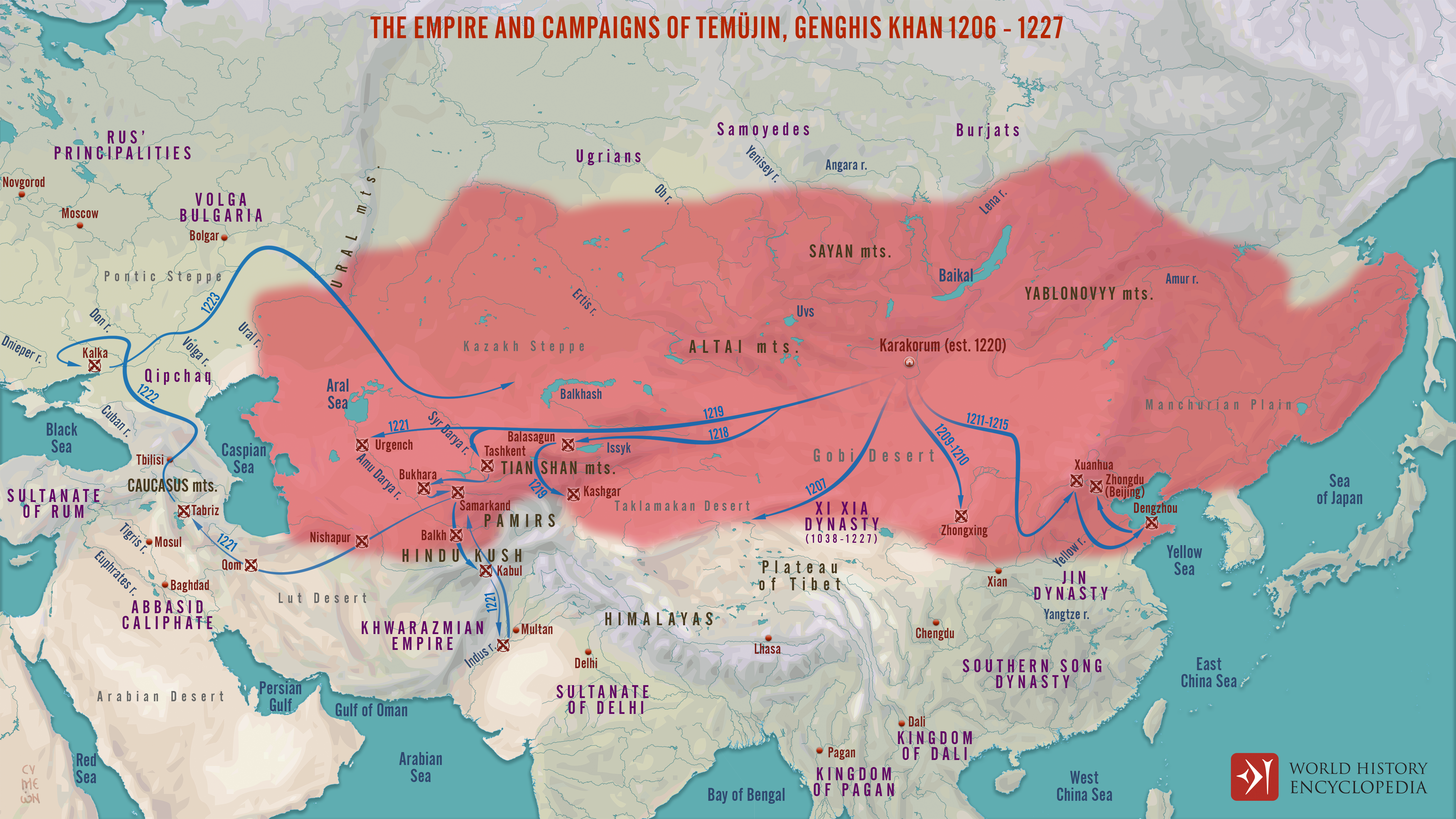
If Genghis Khan had invaded India, it would have had a significant impact on the region. The Mongol Empire was known for its military prowess and it is likely that they would have been able to conquer much of India. The Mongol Empire’s policy of religious tolerance may have also had a positive impact on the region, as it would have allowed for the coexistence of different religious and ethnic groups. On the other hand, the Mongol Empire’s policy of population displacement and forced relocation may have had a detrimental impact on India’s population.
What can we learn from the life span of Genghis Khan
- Lessons on leadership, strategy. The importance of uniting diverse groups of people can be learned from Genghis Khan’s life
- Khan’s empire was known for its religious tolerance and cultural exchange
- Genghis Khan’s military tactics and innovations in logistics, communication. The use of cavalry are still studied by military academies and historians
- He founded and was the first Great Khan of the Mongol Empire
- He is known for his military genius and uniting the nomadic tribes. Creating the largest contiguous empire in history.
- Genghis Khan’s ability to adapt to different cultures. Incorporate diverse peoples into his empire serves as an important example of how to effectively rule over a multi-ethnic state.
- His emphasis on meritocracy and promoting capable individuals, regardless of their background, is a valuable leadership principle.
- His utilization of spies and diplomacy to gather information on enemies and form alliances was an important aspect of his military strategy.
- Genghis Khan’s system of communication using relay stations and messengers on horseback was an innovation that greatly improved the efficiency of his military campaigns.
- His emphasis on religious freedom and the protection of scholars and artisans helped to foster a thriving culture within the Mongol Empire.
- He has been credited with the spread of the Mongolian script and the creation of the first written Mongolian language.
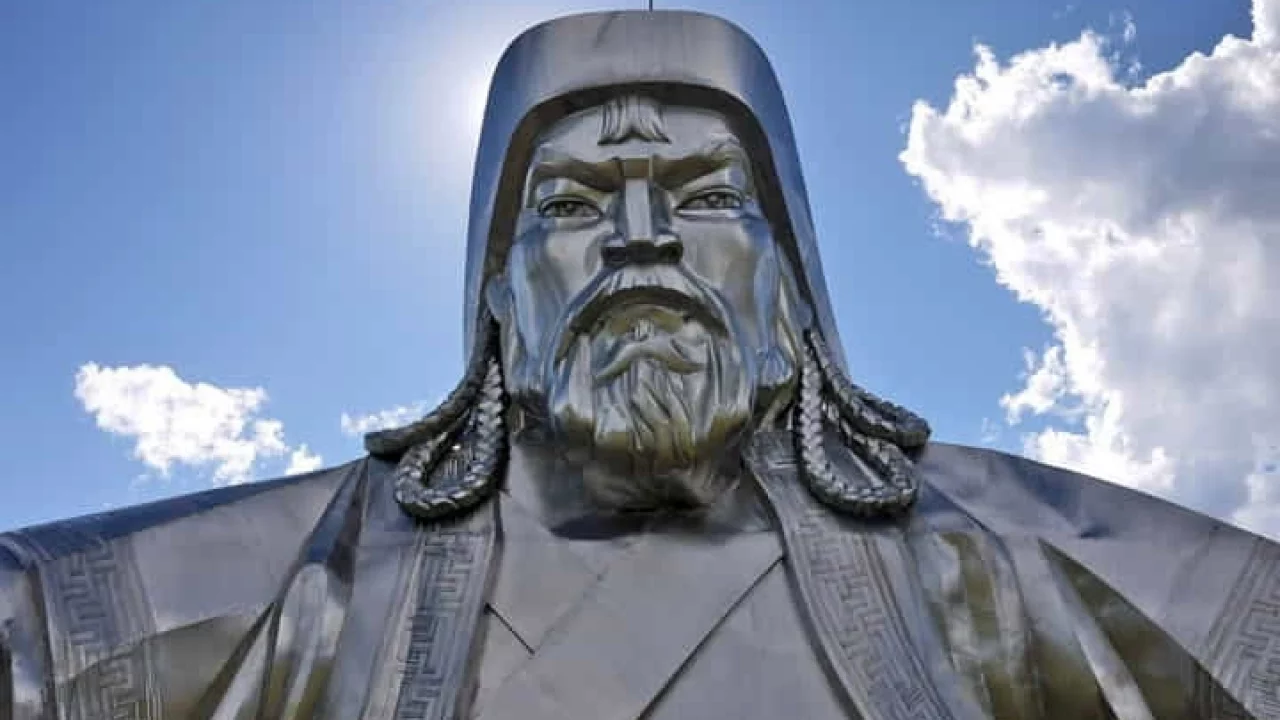
The conqueror of time
In this article, we have explored the mystery of Genghis Khan’s tomb. The reasons for an unmarked grave, Genghis Khan’s relationship with India and the rulers and conquerors of the time. We have discussed the search for Genghis Khan ans his tomb, and the theories about where it may be located. After the examination of the reasons why Genghis Khan may have been buried in an unmarked grave. The role of secrecy in Mongol culture and tradition. The strategic importance of keeping Genghis Khan’s burial site a secret. We have also analyzed why Genghis Khan did not invade India. The political and historical context of the time and the potential impact of a Mongol invasion of India. We also discussed the rulers of India during Genghis Khan’s reign. Who defeated Genghis Khan and how Genghis Khan’s conquests compare to other historical figures.
Genghis Khan is one of the most significant figures in history, his legacy can still be felt today. His empire was one of the largest and most long-lasting in history and his impact on the world was vast. He helped to spread the Mongol Empire’s culture, religion, and technology across Asia and Europe. Genghis Khan’s empire also played a crucial role in the development of the modern world.


